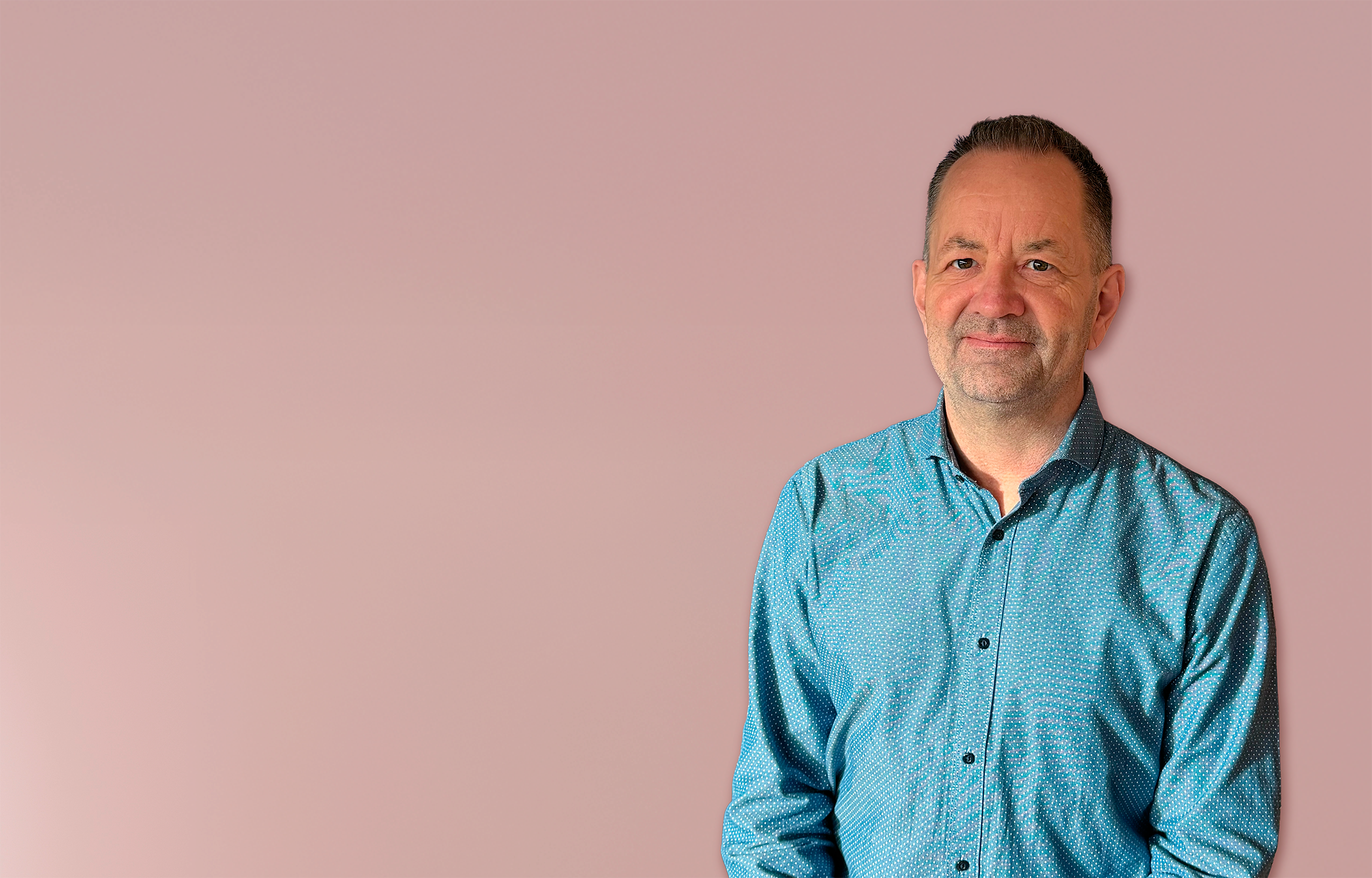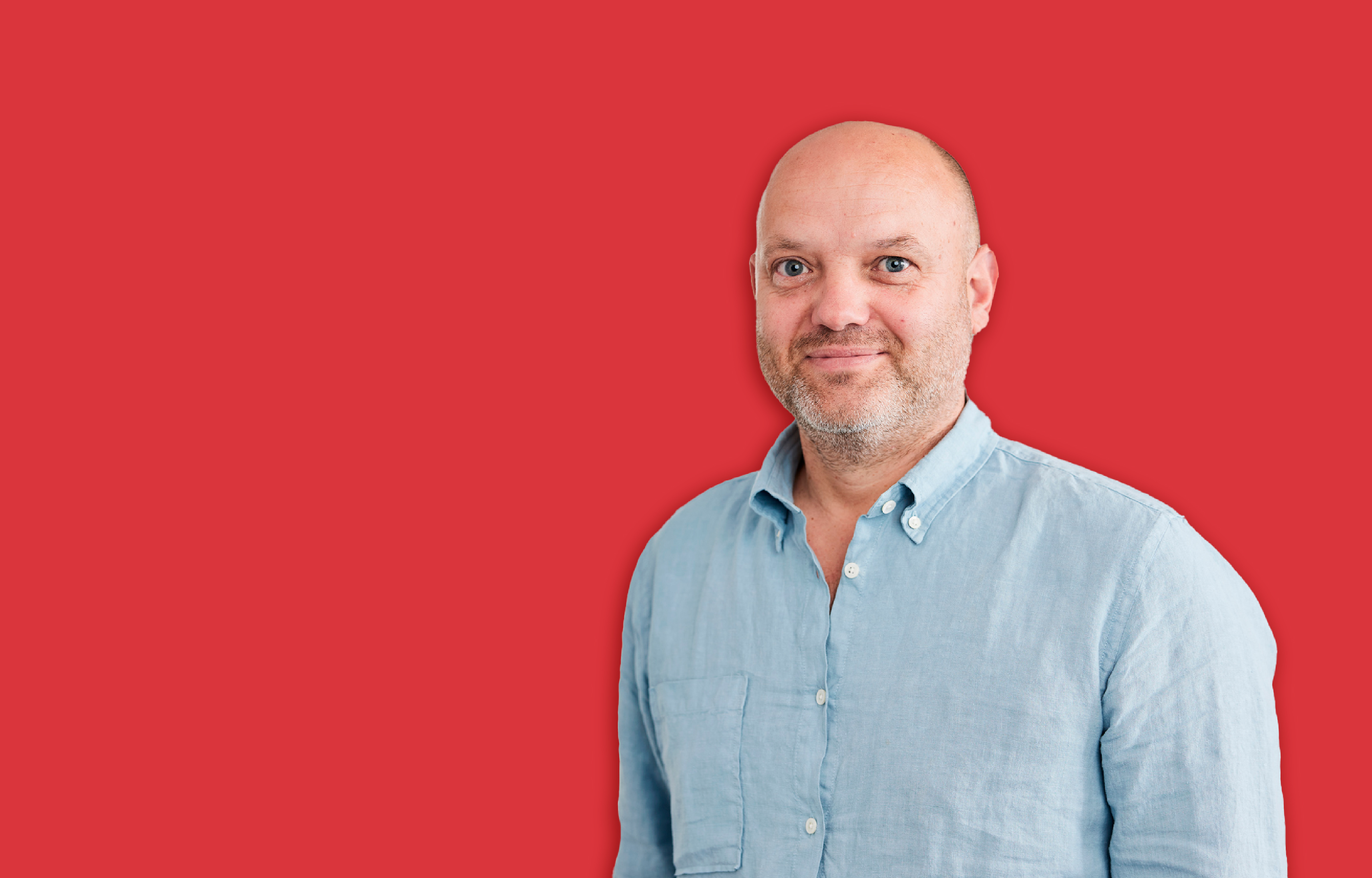

8 min.
April 1, 2024
Customers should experience transparency when shopping with us
Text:
Casper Hindse
Photo:
Marie Hald
After Frederikke Antonie Schmidt finished her education in Italy and worked her way through one luxury brand after another, she strolled home to Copenhagen with an idea to create comfortable high heels from surplus materials. In 2014, Roccamore was launched through a successful Kickstarter campaign, and since then the brand has grown with a focus on transparency and quality. Roccamore quickly became the world's first certified high-heeled brand.




I firmly believe that if your value chain is in order, you have a future.
ABOUT ROCCAMORE
- Frederikke Antonie Schmidt was born in 1983.
- Trained as a shoe designer from TEKO in Herning and Polimoda Institute of Design in Florence. Also holds a PBA in brand design from KEA.
- Founder and Creative Director of Roccamore since 2014. Today, the company has a turnover of millions.
- Former partner in the Ladies First network and has, among other things, advocated putting innovation on the school curriculum.
- Lives in Copenhagen with her Italian husband.
Transparency through QR codes
For Frederikke Antonie Schmidt, transparency is about showing how products are made. That's why 30 percent of Roccamore products have QR codes that give customers insight into the entire production chain - from the Scandinavian cowhide to the finished product. Every step in the production process, from tanning in Denmark to handcrafting in Italy, is traceable and ensures that sustainability is not just a buzzword.
- The coolest companies are the ones that are transparent... If you dare to be transparent, it means you have your shit together, says Frederikke Antonie Schmidt.
Although few QR codes are scanned, Roccamore insists on traceability - while educating customers to understand the value of sustainable production.
For Frederikke Antonie Schmidt, transparency is about showing how products are made. That's why 30 percent of Roccamore products have QR codes that give customers insight into the entire production chain - from the Scandinavian cowhide to the finished product. Every step in the production process, from tanning in Denmark to handcrafting in Italy, is traceable and ensures that sustainability is not just a buzzword.
- The coolest companies are the ones that are transparent... If you dare to be transparent, it means you have your shit together, says Frederikke Antonie Schmidt.
Although few QR codes are scanned, Roccamore insists on traceability - while educating customers to understand the value of sustainable production.
A five-step process
What Roccamore does is break down its production into five simple steps and open up the process to those who are interested. It all starts with cowhide from Scandinavia, where each cow can be traced back to its origin. Then the leather is tanned in Denmark with a focus on reducing CO2 emissions. In Germany, the leather is further refined, preserving natural imperfections like stretch marks to emphasize the authenticity. Finally, the shoes are handmade in Italy, where details and comfort are given full attention.




GS1'S ROLE
Roccamore uses GTINs for its products, and together with the company's other transparency efforts, they will already be ready with a significant part of the data that will be requested in a future Digital Product Passport.
GS1 is working both globally and regionally on the standardization of the Digital Product Passports (with GTIN as a supporting identity) so that companies like Roccamore can be transparent in a standardized way in the future.
For customers and the world
At Roccamore, it's not just about shoes - it's also about responsibility. Frederikke Antonie Schmidt emphasizes that although sustainable production is more expensive, it is a necessary investment.
- ... you have to educate buyers that good products cost what they cost. The world doesn't need more products, it needs good products that take themselves and others seriously.
Roccamore engages its customers through the 'Shoelovers Club', where feedback and close contact strengthen the community around the brand. Schmidt sees the future as a time for companies to prove their responsibility and believes that the upcoming EU sustainability requirements will only strengthen their position.
- Hand-sewn shoes from Danish cows that have been shaped in Italy over six months and where quality and human rights have been met, is the closest we can get to the best clothing vision, she concludes.




I firmly believe that if your value chain is in order, you have a future.
ABOUT ROCCAMORE
- Frederikke Antonie Schmidt was born in 1983.
- Trained as a shoe designer from TEKO in Herning and Polimoda Institute of Design in Florence. Also holds a PBA in brand design from KEA.
- Founder and Creative Director of Roccamore since 2014. Today, the company has a turnover of millions.
- Former partner in the Ladies First network and has, among other things, advocated putting innovation on the school curriculum.
- Lives in Copenhagen with her Italian husband.







